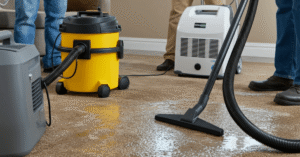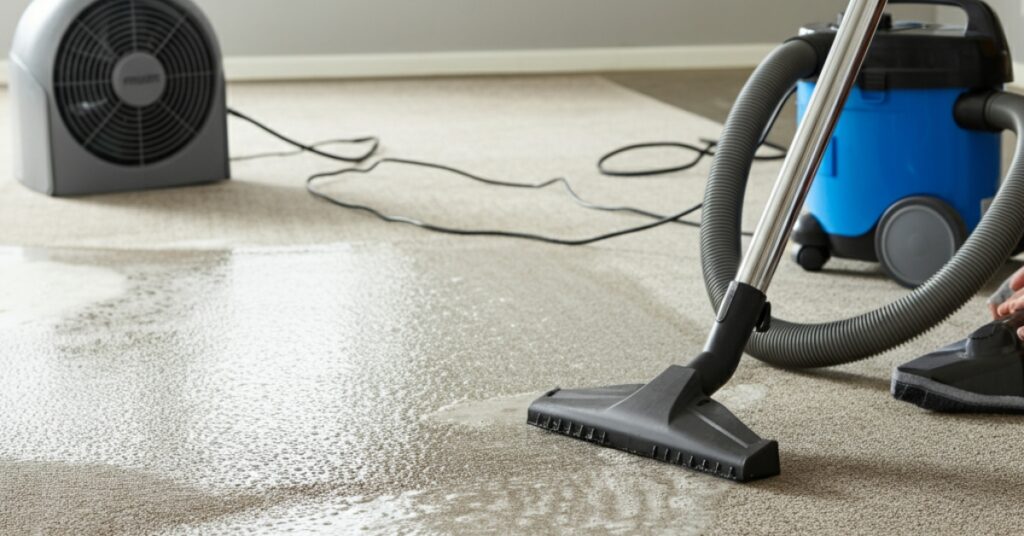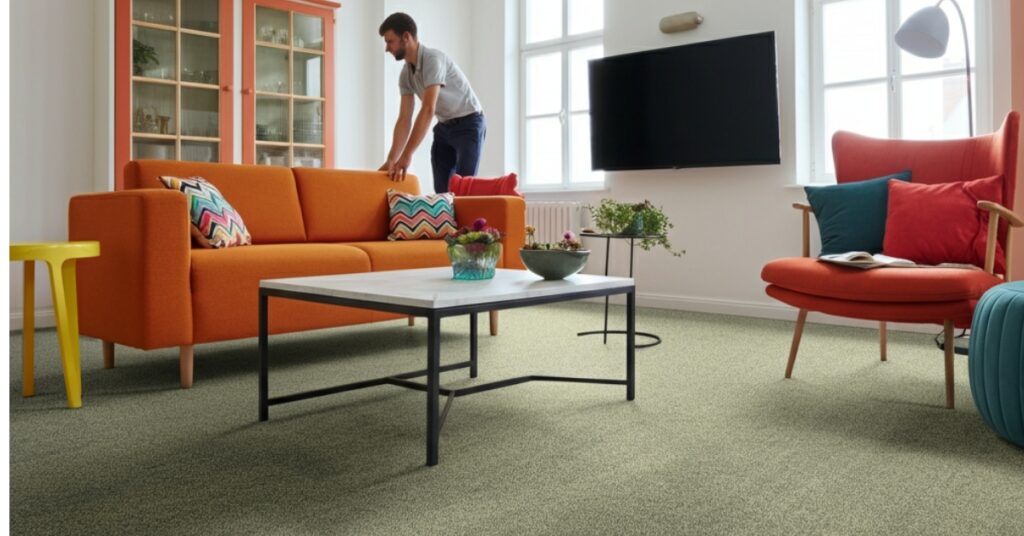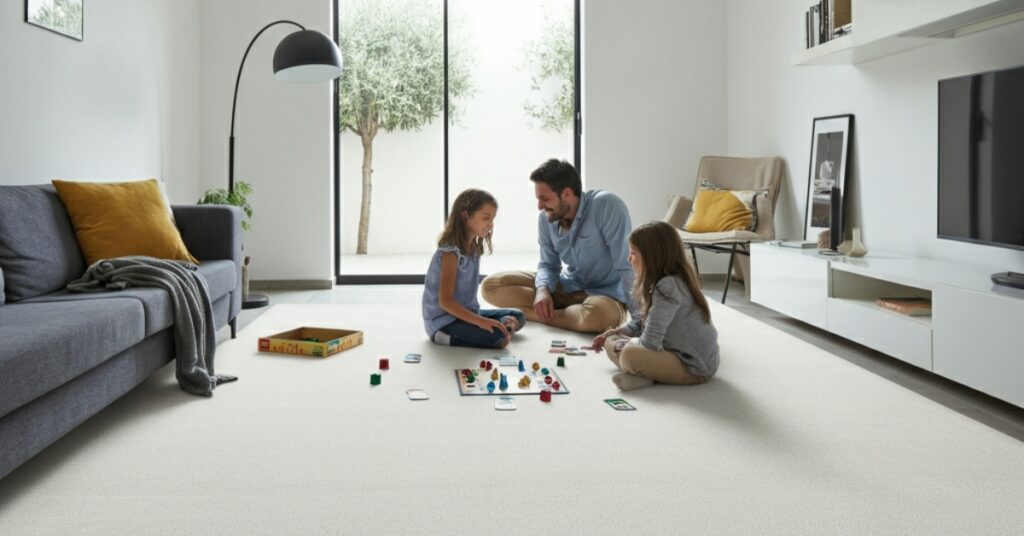As an Amazon Associate, I earn from qualifying purchases.
Carpets don’t last forever, and knowing replacement timelines helps both landlords and tenants understand their responsibilities. Most landlords replace carpets every 5-7 years under normal wear conditions. However, several factors influence how often a landlord needs to replace carpet, including tenant turnover, carpet quality, and local regulations.
Understanding carpet replacement requirements protects your security deposit as a tenant and helps landlords maintain their properties effectively. Additionally, knowing the difference between normal wear and tenant damage determines who pays for replacements.
Understanding Normal Carpet Wear vs. Damage
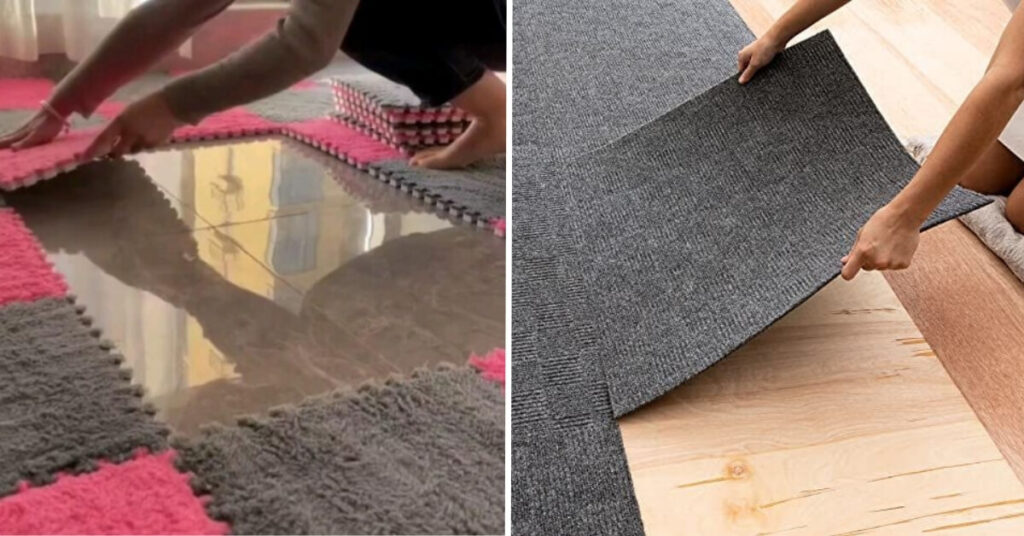
Normal Wear and Tear
Normal carpet wear includes gradual fading, minor indentations from furniture, and slight fraying in high-traffic areas. Landlords typically handle these costs since they represent expected deterioration over time. Furthermore, small stains that occur despite reasonable care also fall under normal wear.
Most states protect tenants from charges related to normal wear. Consequently, landlords cannot deduct replacement costs from security deposits for these issues. Courts generally side with tenants when landlords attempt to charge for age-related carpet deterioration.
Tenant-Caused Damage
Tenant damage includes large stains, burns, tears, or excessive pet damage that goes beyond normal use. Moreover, strong odors that penetrate carpet padding often require complete replacement. Landlords can charge tenants for these types of damage since they exceed reasonable expectations.
Documentation becomes crucial when determining responsibility. Therefore, landlords should take photos before tenants move in and after they move out. This evidence helps resolve disputes about who caused specific damage.
Standard Carpet Replacement Timeline
Industry Standards
Most carpet manufacturers recommend replacement every 5-10 years depending on quality and usage. Budget carpets often need replacement sooner, while high-quality options last longer. Additionally, commercial-grade carpets in rental properties typically last 7-10 years with proper maintenance.
Traffic patterns significantly affect replacement schedules. High-traffic areas like hallways and living rooms wear out faster than bedrooms. Consequently, landlords might replace carpets in sections rather than entire units.
Factors That Accelerate Replacement
Pet ownership accelerates carpet wear due to accidents, scratching, and odors. Similarly, households with children often experience more spills and stains. Large families create more foot traffic, leading to faster deterioration.
Climate also plays a role in carpet longevity. Humid environments promote mold growth, while dry climates cause static and fiber breakdown. Therefore, local conditions influence how often landlords need to replace carpet in their properties.
Legal Requirements by State
State-Specific Regulations
Some states mandate specific carpet replacement timelines for rental properties. California courts often recognize 2-3 years as reasonable carpet life in rental units. Meanwhile, other states defer to lease agreements and local housing codes.
Habitability laws require landlords to maintain livable conditions. Severely worn or damaged carpets might violate these standards. Consequently, tenants can request repairs or replacements when carpets affect health or safety.
Security Deposit Implications
Most states prohibit landlords from charging tenants for normal carpet wear. However, landlords can deduct costs for damage beyond reasonable use. Documentation and age of carpets determine what constitutes reasonable charges.
Courts typically prorate carpet costs based on useful life. For example, if carpet lasts 5 years and tenants lived there 3 years, landlords might only charge 40% of replacement costs for damage. This calculation protects tenants from paying full replacement costs for older carpets.
Cost Factors for Carpet Replacement
Quality and Material Costs
Carpet quality directly affects replacement frequency and costs. Basic apartment-grade carpet costs $2-4 per square foot installed. Premium options range from $5-8 per square foot but last significantly longer.
Synthetic fibers like nylon and polyester resist stains better than natural materials. However, natural fibers often feel more comfortable underfoot. Landlords must balance upfront costs with long-term durability when selecting replacement carpets.
Installation and Additional Expenses
Professional installation adds $1-2 per square foot to total costs. Additionally, removing old carpet, disposing of materials, and preparing subfloors increase expenses. Some properties require padding replacement, which adds another layer of costs.
Geographic location affects labor costs significantly. Urban areas typically charge more for installation than rural locations. Therefore, landlords should budget accordingly based on their local market conditions.
Maintenance Tips to Extend Carpet Life
Regular Cleaning Schedules
Professional cleaning every 12-18 months extends carpet life considerably. Regular vacuuming prevents dirt from settling deep into fibers. Moreover, prompt attention to spills prevents permanent staining.
Steam cleaning removes allergens and deep-seated dirt that regular vacuuming misses. Many lease agreements require tenants to maintain carpets through regular cleaning. This shared responsibility helps preserve carpet condition throughout tenancy periods.
Preventive Measures
Entry mats reduce tracked-in dirt and moisture that damage carpets. Furniture pads prevent permanent indentations from heavy items. Additionally, rotating furniture periodically distributes wear patterns more evenly.
Pet owners should clean accidents immediately to prevent odor absorption. Using enzyme cleaners breaks down organic compounds that cause lingering smells. These proactive steps significantly reduce the frequency of carpet replacement needs.
When Immediate Replacement Becomes Necessary
Health and Safety Concerns
Mold growth in carpets poses serious health risks and requires immediate replacement. Water damage that soaks padding creates ideal conditions for mold development. Consequently, landlords must act quickly to prevent tenant health issues and potential liability.
Severe pet odors that penetrate padding also necessitate immediate replacement. These odors rarely resolve with cleaning alone. Furthermore, some odors indicate underlying sanitation issues that affect habitability standards. Searching for solutions? This post offers practical answers: How Long Does It Take to Install Carpet?
Property Value Considerations
Severely damaged carpets hurt property marketability and rental potential. Prospective tenants often judge properties based on flooring condition. Therefore, landlords benefit from timely replacements that maintain competitive rental rates.
Insurance claims sometimes require immediate carpet replacement after covered events. Water damage, fire, or vandalism might necessitate emergency replacements regardless of carpet age. These situations override normal replacement schedules.
Frequently Asked Questions
1. Can landlords charge tenants for carpet replacement after 5 years?
No, most courts consider carpets worn out after 5 years of normal use. Landlords cannot charge tenants for replacement due to age-related wear.
2. How long should apartment carpet last with proper care?
Apartment-grade carpet typically lasts 3-5 years with proper maintenance. Higher-quality carpets might last 7-10 years in rental properties.
3. Do tenants have to pay for professional carpet cleaning when moving out?
This depends on lease terms and local laws. Some states require landlords to clean carpets between tenants regardless of condition.
4. Can landlords replace carpet with different flooring types?
Yes, landlords can choose different flooring materials when replacement time comes. However, they cannot charge current tenants for upgrades.
5. What constitutes excessive carpet damage by tenants?
Excessive damage includes large stains, burns, tears, or pet damage that goes beyond normal wear patterns.
6. Should landlords provide carpet replacement receipts to tenants?
Many states require landlords to provide itemized receipts when deducting security deposits for any reason, including carpet replacement.
7. Can tenants request carpet replacement for health reasons?
Yes, tenants can request replacement if carpets pose health hazards like mold growth or severe allergen accumulation.
8. How do courts determine if carpet wear is normal or excessive?
Courts consider factors like tenant length of stay, carpet age, maintenance records, and photographic evidence when making determinations.
Protecting Your Investment and Rights
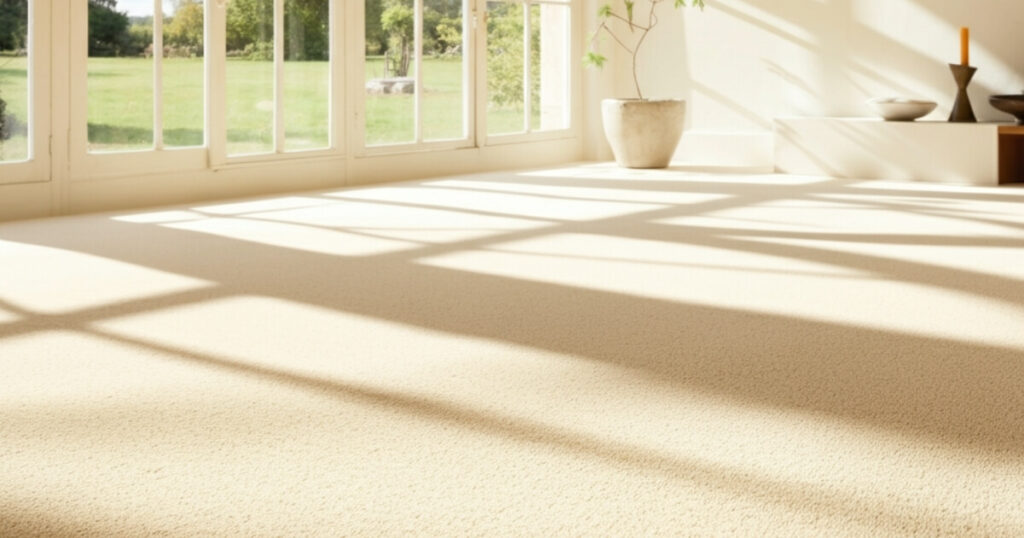
Understanding carpet replacement timelines protects both landlords and tenants from unexpected costs. Landlords benefit from proactive replacement schedules that maintain property values and tenant satisfaction. Meanwhile, tenants gain confidence knowing they won’t face unfair charges for normal wear.
Regular communication between landlords and tenants prevents disputes about carpet condition. Document everything through photos and maintenance records. This preparation helps resolve conflicts quickly and fairly when they arise.
Smart property management includes budgeting for regular carpet replacement as part of ongoing maintenance costs. By understanding how often a landlord needs to replace carpet, property owners can plan expenses and maintain competitive rental units.
As an Amazon Associate, I earn from qualifying purchases.

